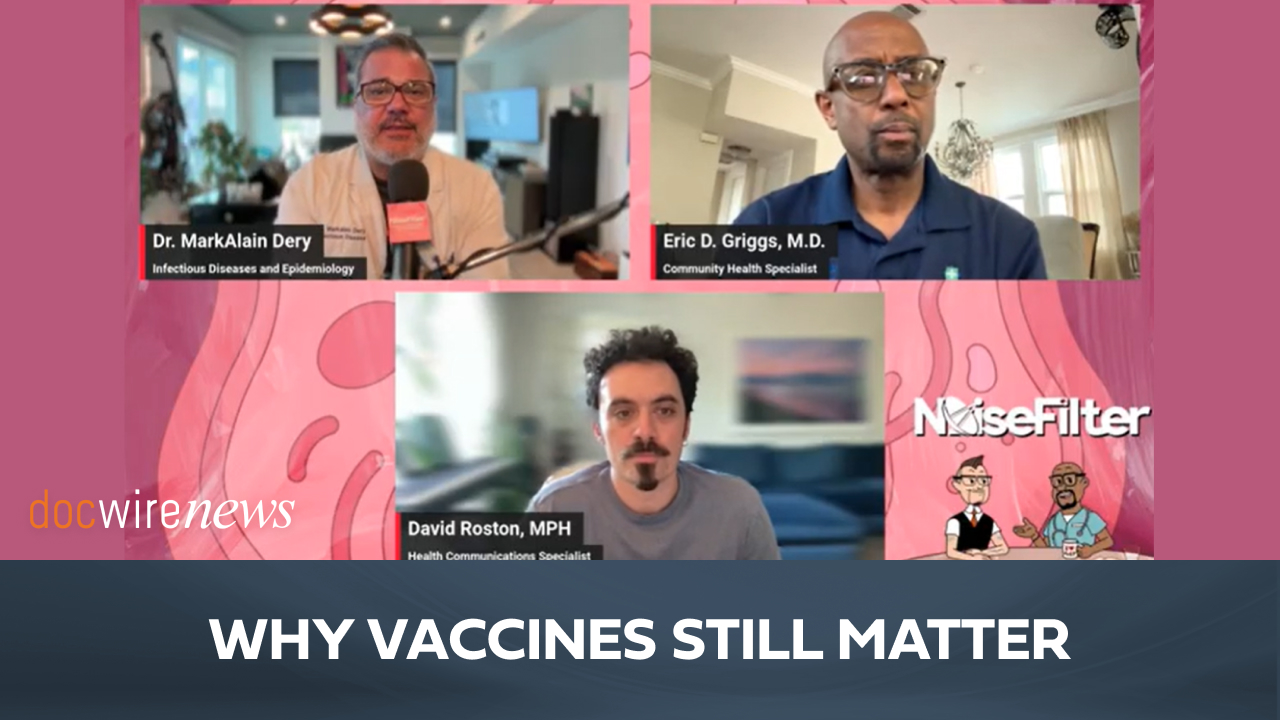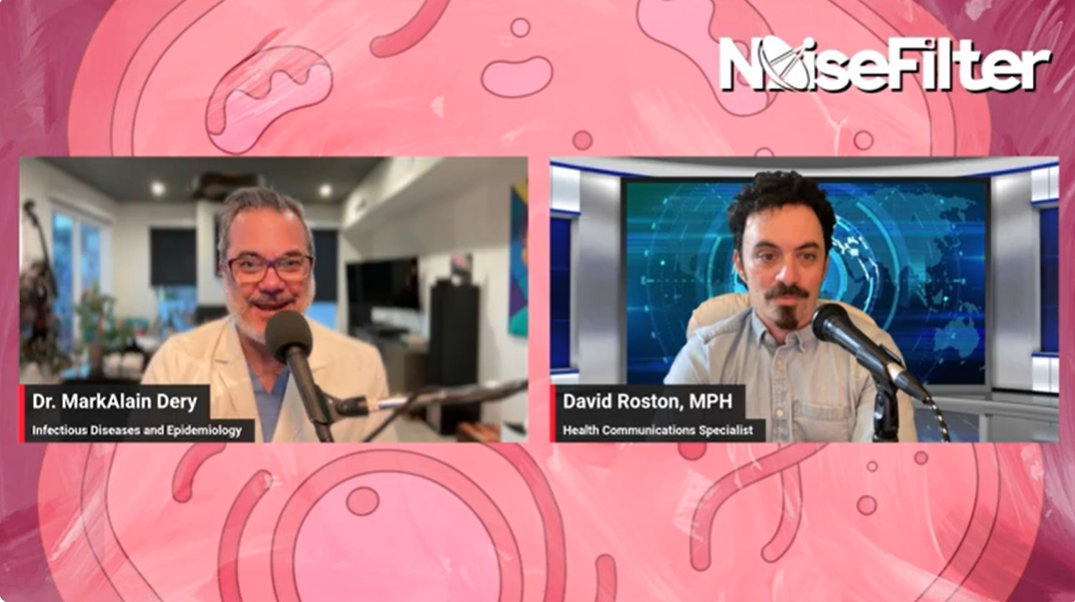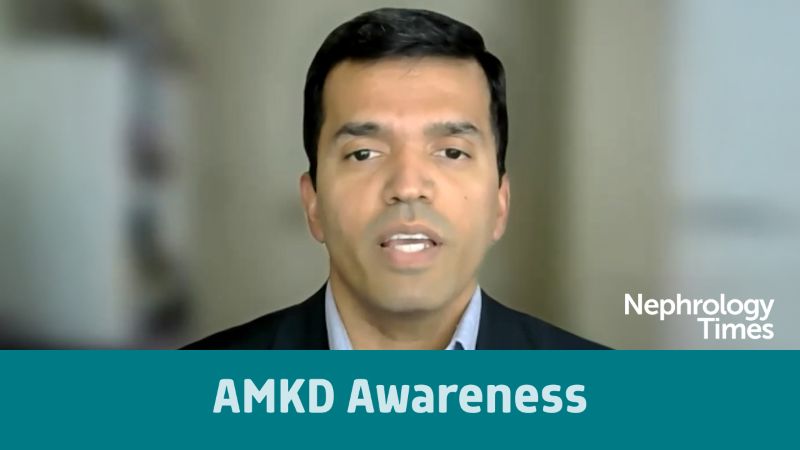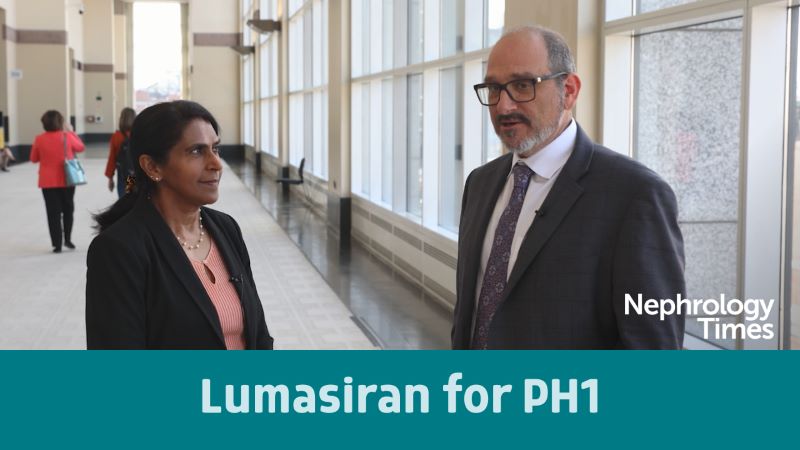Recent Biopharma Deals Report Analyzes Emerging Market Trends and Implications
By Rob Dillard - Last Updated: April 27, 2023Clarivate and BioWorld have recently released the Biopharma Deals Report. The report covers emerging market trends in pharma, with detailed analysis of the key deals and an eye toward the implications for the rest of 2022, including a look at RNA technologies, cell and gene therapies, artificial intelligence, CRISPR and oncology related deals.
In this interview, DocWire News spoke with Matthew Arnold, Principal Analyst, Clarivate and Karen Carey, Senior Analyst, BioWorld, who spoke about the report in great depth.
DocWire News: Can you both provide us with some professional background on yourselves?
Karen Carey: Sure. I have worked for BioWorld since 1999. I started out as a staff writer, I became the database editor, and eventually the analyst, the staff senior analyst. And we track all of the data having to do with financings and deals and we basically take all of that, use analytics to come up with trends and different things that we’re seeing for the biopharma industry. So I’ve been doing that job for at least the last 10 years. And yeah. I’m happy to be here.
Matt Arnold: And I’m Matt Arnold. I’m an analyst and a content person at Clarivate. In a past life, I was a reporter myself and covering the pharma industry for many years. So I’ve been in and around pharma and biotech for around 20 years now. And a lot of what I do at Clarivate is take the insights from our therapy area experts and our data analysts who have this incredible deep expertise and try and synthesize that across the different verticals we have and make it useful for our customers.
Talk to us about the BioPharma Deals Report, and its significance.
Karen Carey: Well I can just tell you from the end of BioWorld. We put together stories every quarter highlighting both financings and deals. And that data we put together is then shared with Clarivate and it evolves into the biopharma deals report. A lot of the deal information also comes from Cortellis, but it is our writing staff that digs into each one of these transactions. And then I don’t know if Matt, you have anything to add to that?
Matt Arnold: Yeah. And I can speak to some of the top line findings if that’s helpful. And I think there’s been a lot of pretty breathless coverage about the bubble bursting on biotech and panic in the markets and I think our message is really, looking at these data, don’t panic. What we really saw in 2020 and 2021 was that investors had to put their money somewhere and healthcare is always seen as a safe bet. It’s countercyclical industry. It’s a place that capital flees to in an uncertain market environment. And obviously there were some factors that were favorable for healthcare companies in a global pandemic too. So you had a lot of generalists piling in and they exited when they had other places to put their money.
And we see IPOs are way down. Mergers and acquisitions are way down in the first half year on year. Biotechs are reluctant to sell when they may be undervalued. Pharmas are probably a little loath to splash out on acquisitions at a time of economic uncertainty. But, while deal making is down by volume, it remains really robust. The overall value of deal making actually soared in the first half because we had a number of huge billion dollar plus deals. And we’re talking about Sanofi and IGM, 6.2 billion I think, for some IGM antibody agonists in oncology and immunology. Another Sanofi Exscientia for 5.3 billion. That deal involves AI, BMS, and Evotec for protein degradation technology.
And I think what you see here is that pharmas are eager to replenish their pipelines by accessing what are the technologies of the future? What are the technologies that are going to power the next wave of miracle medicines? And we’re talking about things like protein degradation, cell and gene therapies, AI and machine learning, RNA therapeutics, these sort of gWiz technologies that are going to be the future of medicine or at least the sort of medium term future of medicine. And so the capital environment is tougher for biotechs, but if you have one of those technologies, pharma is very eager to access it and they will be more targeted I think in their place, but there’s capital out there.
According to the report, 2021 had the highest total financing and deals value over the past five years. Can you talk to about some of these deals, and about 2022 trends.
Well, with the report we’re really focusing on 2022. So the one thing I will say is 2020 and 2021, these were outlier years because of the pandemic. So financings for example, 2020, they reached $134.5 billion, 2021 they were 118 billion. These were the top two years in biopharma history and they were actually on top by a lot. The third highest year, for example, was 2015 with $68.4 billion and that’s only about half of 2020. So now we turn and we look at this year. Through the second quarter, the industry had raised $26.5 billion. That actually represents only 37% of the amount raised in the first half of 2021. It’s 41% of what was raised in 2020. The volume of financings has also gone down with 503 transactions through the first six months of 2022. That’s only 56% of what was seen by this point in 2021.
So I think Matt mentioned some of the things as to why this may be happening. Some may say there’s a correction going on. Investors, many of whom were generalist investors, were overzealous through each of the last two years. Seasoned biopharma investors, they may have pulled back until the public markets get better. The NASDAQ Biotechnology index just last week was down by 23% for the year. So you can understand the reluctance if investors are losing money from companies that they invested in in either the last two years. Want to mention IPOs in the first half of 2022. They raised 3.4 billion through 21 debuts. That compares with 13.5 billion through 76 transactions a year ago. So we’re way down on those. Follow-ons are way down. But one thing is for sure, there is plenty of venture capital money out there for private companies. So private VC rounds through the end of the second quarter were still behind 2020 and 2021. So yes, those were the best years, but these financings were ahead of all other years on record.
So for the first half of 2022, 11.8 billion in VC money. The top VC rounds in the first half of this year were innovate sciences. They raised 300 million to Sarah Therapeutics. 300 million Series C Kriya Therapeutics. 270 million series C. So venture capital is very strong. We’re also seeing that happening in Europe. Denmark’s IO Biotech. 148 million Series B in April. And also Asia, Singapore. RVAC Medicines, Singapore based. They had a Series B for 140 million in April. So in general, strategic investors are still all in and they’re ready to invest in promising life sciences opportunities. If you talk about deals on the other hand, this has been the strongest year for deals. When I’m saying deals, I’m talking about licensings, joint ventures, and collaborations. I’ll get to M&A’s in a minute. Compared to all recent years, this has been a really strong year. In the first half we had 834 deals valued at $94 billion. The volume is actually down in comparison with last year, but the value is up. So there are fewer deals, but they are worth more.
We’ve also had, I think Matt also mentioned, a record number of deals worth one billion dollars plus, what we call mega deals. And Sanofi and Bristol Myers Squibb are two companies that have been very active in this area. Sanofi had the deal with IGM, 6.6 billion. They also had an AI ML deal with Exscientia, which Matt mentioned. One with Adagene for mass monoclonal and bispecific antibodies. That was worth 2.5 billion. And Bristol Myers had self-therapy deals with Immatics and sensory therapeutics and protein degradation deal with Evotec. Those are all worth upwards of three billion dollars. So a lot of these deals are worth so much because they involve transformative technologies that can be applied in many different directions for many different indications. And for some, the potential is curative. So they are valued high because of their potential.
Can you talk to us about recent M&A trends?
Just to say, now if we’re looking at M&As, that’s a completely different story from deals. In the first half of 2022, they were only at 24.4 billion, down from 31.7 billion during the same timeframe of 2021. And in 2020 that figure was at nearly 120 billion, but that includes the AbbVie $63 billion buyout of Allergan. So we are significantly down this year, but even if you look at the pre-pandemic years, we are down. The volume’s down to only 51 completed in the first half of 2022. That’s compared with 76 last year and 71 in 2020. None of the M&As this year or last year come close to making BioWorld’s top 20 list for acquisitions of biotech developers. The threshold on that right now is 9.7 billion and the highest this year in the first half was Pfizer’s 6.2 billion buyout of Arena.
So it’s hard to say when this might change, when M&As will pick up. A lot of people predicted they would pick up this year, but that really hasn’t happened for the biopharma industry. Although I will say the third quarter was looking a lot better. We had in the third quarter that just ended CSI’s acquisition of Vifor for 11.7 billion. Bristol Myers buyout of Turning Point for 4.1 billion. And GSKs purchase of Affinivax for 3.3 billion. And also at the start of the fourth quarter, Pfizer just completed its acquisition of Biohaven for $11.6 billion. So M&As are looking a lot better than they were in the first half.
Overall, what does this report mean for the health care industry?
One thing clearly of importance to all parties is pharmas are still on the hunt for these key technologies to replenish their pipelines, gaining entree into selling gene therapies, CRISPR techniques, AI and machine learning, RNA therapeutics. These are do or die for pharmas as they seek to build their pipelines moving forward. And so what we’ve seen is not a collapse of investment, it’s more of a reversion to the pre-pandemic norm. And there’s real resilience in this sector because there’s tremendous value in these biotechs that are developing these technologies. It presents big challenges for pharmas number one in that many of them are competing to acquire these assets or partner on these assets and be the ones to commercialize these technologies in the next decade or two. And that means they need to be able to identify solid prospects, which can be a finding the needle in a haystack kind of a task for these very early stage difficult to value assets.
By the way, an important trend we are seeing is that pharmas are investing earlier. And I think that speaks to the competitive nature of these technologies and these assets. So you’re seeing less of a feeding frenzy, but the large pharmas are really circling around these technological platforms and these modalities of key importance. And so for them, identifying assets, identifying companies of interests, assessing market size and the potential value of assets, doing their sort of due diligence, identifying where to invest not only in terms of portfolio management or therapeutic area, but also geographically.
One of the interesting things we found in this report was we mapped where the clusters of biotech activity are based on origin of research publications. It’s one type of data we collect and based on clinical trials. And we found that really you have four huge clusters. Massachusetts, the Bay area in the US, mainland China, and the UK. The UK is really fast growing and is coming to rival those United States clusters in a lot of ways. And the flip side of that I guess is for biotechs, they really need to understand how to do evidence generation in a way that’s going to make their assets visible to large pharmas and get them seen and appreciated.







 © 2025 Mashup Media, LLC, a Formedics Property. All Rights Reserved.
© 2025 Mashup Media, LLC, a Formedics Property. All Rights Reserved.